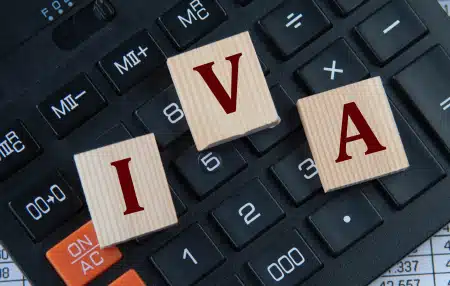
At a time when financial challenges have become increasingly common, those facing overwhelming debt are looking for solutions to regain control of their financial health. One popular option is Individual Voluntary Arrangements (IVAs)*. This article will explore the rise of IVAs, the reasons behind their increase in popularity, and why they stand out as a beneficial debt solution compared to alternatives like Bankruptcy.
*If you enter a solution with MoneyPlus we will charge you fees. If you do not enter a solution managed by us, there will be no fee for the advice that we provide. All fees and risks will be explained in full before you enter into a solution.
Understanding the IVA Phenomenon
IVAs are an ever-evolving financial solution that aim to address the challenges faced by those in overwhelming or unmanageable debt. IVAs can be traced back to the Insolvency Act of 1986, a legislative milestone that allowed debtors to negotiate structured repayment plans with their creditors. At first, individuals and creditors didn’t tend to choose IVAs as they were used to the traditional path of Bankruptcy.
In the early 2000s, people in the UK started to think differently about IVAs. Recognising the benefits of IVAs, including their flexibility and tailored repayment plans, individuals saw that IVA’s manageable monthly repayments were a less harsh alternative to bankruptcy.
Fast forward to the present and IVAs have become a mainstream and widely accepted method for individuals to regain control of their finances. According to data from the Office for National Statistics (ONS), in 2023, IVAs accounted for over half (62%) of all individual insolvencies in the UK, surpassing Debt Relief Orders (DROs) and bankruptcies.
This can be attributed to the effectiveness of IVAs. They offer a balance between meeting creditor obligations and helping people pay back what they owe in a way that’s fair and affordable.
The history of IVAs reflects how we’ve adapted to changes in how people manage their money, understanding that a personalised, agreed-upon plan works better for both debtors and creditors. As the financial environment continues to change, IVA history shows the adaptability of the UK’s insolvency framework, adjusting to meet the complicated and changing needs of individuals in debt.
What is an IVA?
An IVA is a legally binding agreement between an individual and their creditors, facilitated by a licenced Insolvency Practitioner. See our IVA guide for more information.
Considerations to Keep in Mind
- Minimum debt threshold
Although the minimum debt for Bankruptcy is £5,000, the minimum for an IVA varies depending on the Insolvency Practitioner. However, the fees often outweigh the benefits if your debt is below £10,000.
- Long-term commitment
Maintaining your IVA payments for five years requires dedication and budgeting discipline. Missing payments can have repercussions.
- Fees and Costs
Insolvency Practitioners manage your IVA fees. It’s important to compare fees and understand the cost implications before proceeding. If you enter a solution with MoneyPlus we will charge you fees. If you do not enter a solution managed by us, there will be no fee for the advice that we provide. All fees and risks will be explained in full before you enter into a solution.
- Negative credit impact
Entering an IVA will be recorded on your credit report for six years, affecting your ability to access certain credit products or loans during that period.
The rise of IVAs shows a shift towards more flexible, personalised, and socially acceptable solutions for managing overwhelming debt. For people seeking alternatives to Bankruptcy, an IVA is a practical choice that helps them get back on track financially. An example of this can be found in the story of a MoneyPlus client:
‘MoneyPlus helped me when I thought there was nowhere to turn. My anxiety was out of control and I was receiving so many letters each day, and had bailiffs at my door. I was in crisis and their help was amazing. It’s not a short term fix, but has changed my life in a positive way. I am very grateful.’**
**Verified review from Reviews.io
With IVAs being tailored to individual needs and offering protection from legal troubles, they’re a favourable choice for anyone dealing with debt. The popularity of IVAs is likely to continue, helping more people find their way back to financial stability.

To discover more about how to manage your debt and to receive free debt advice, you can visit www.moneyhelper.org.uk.

